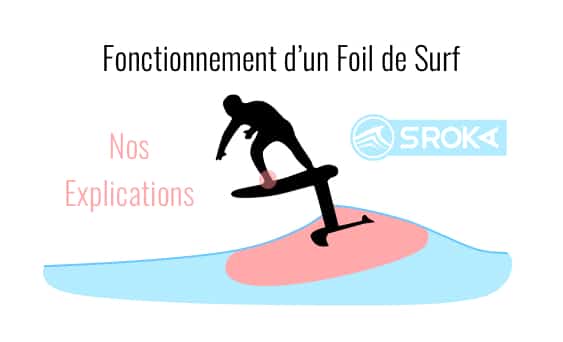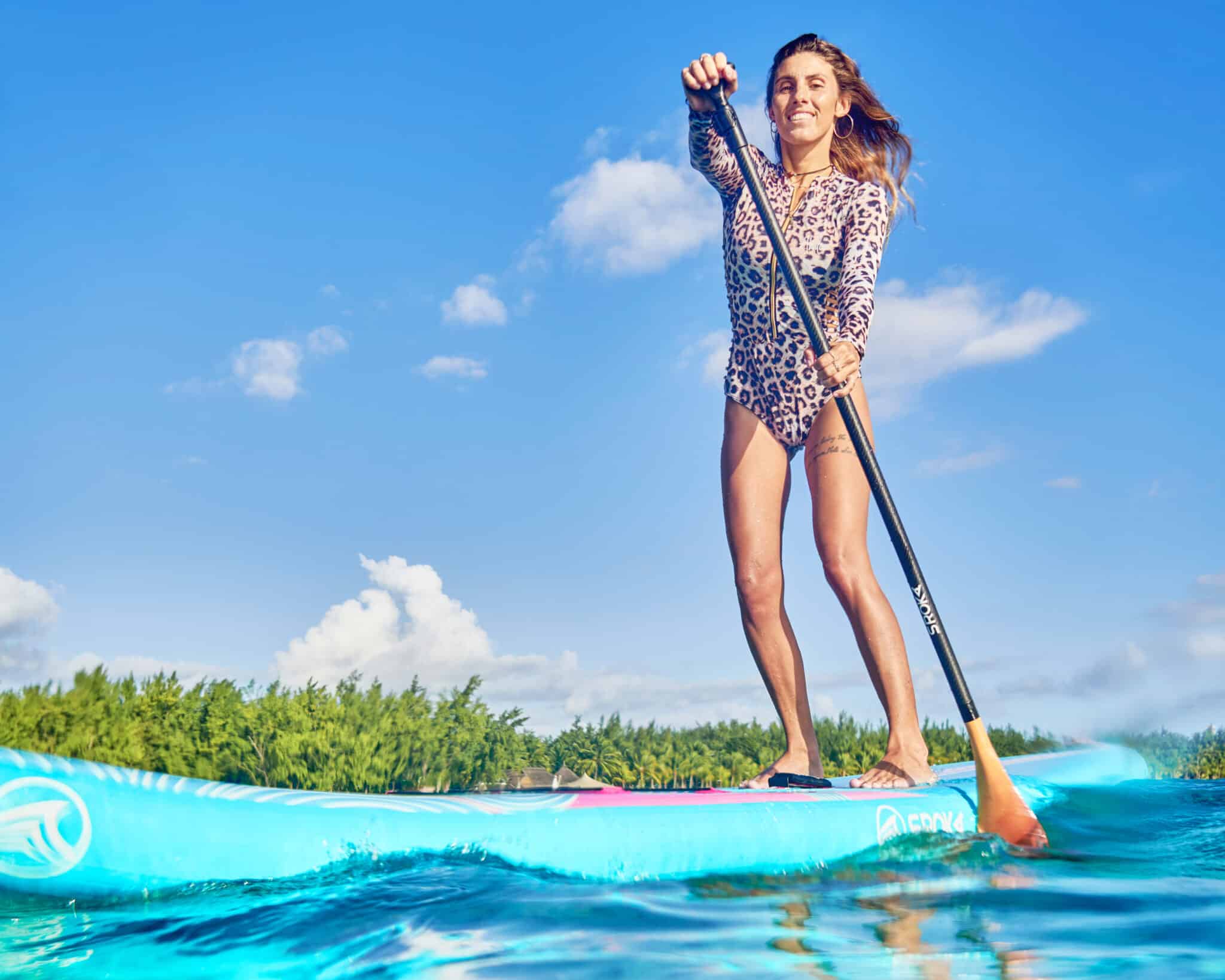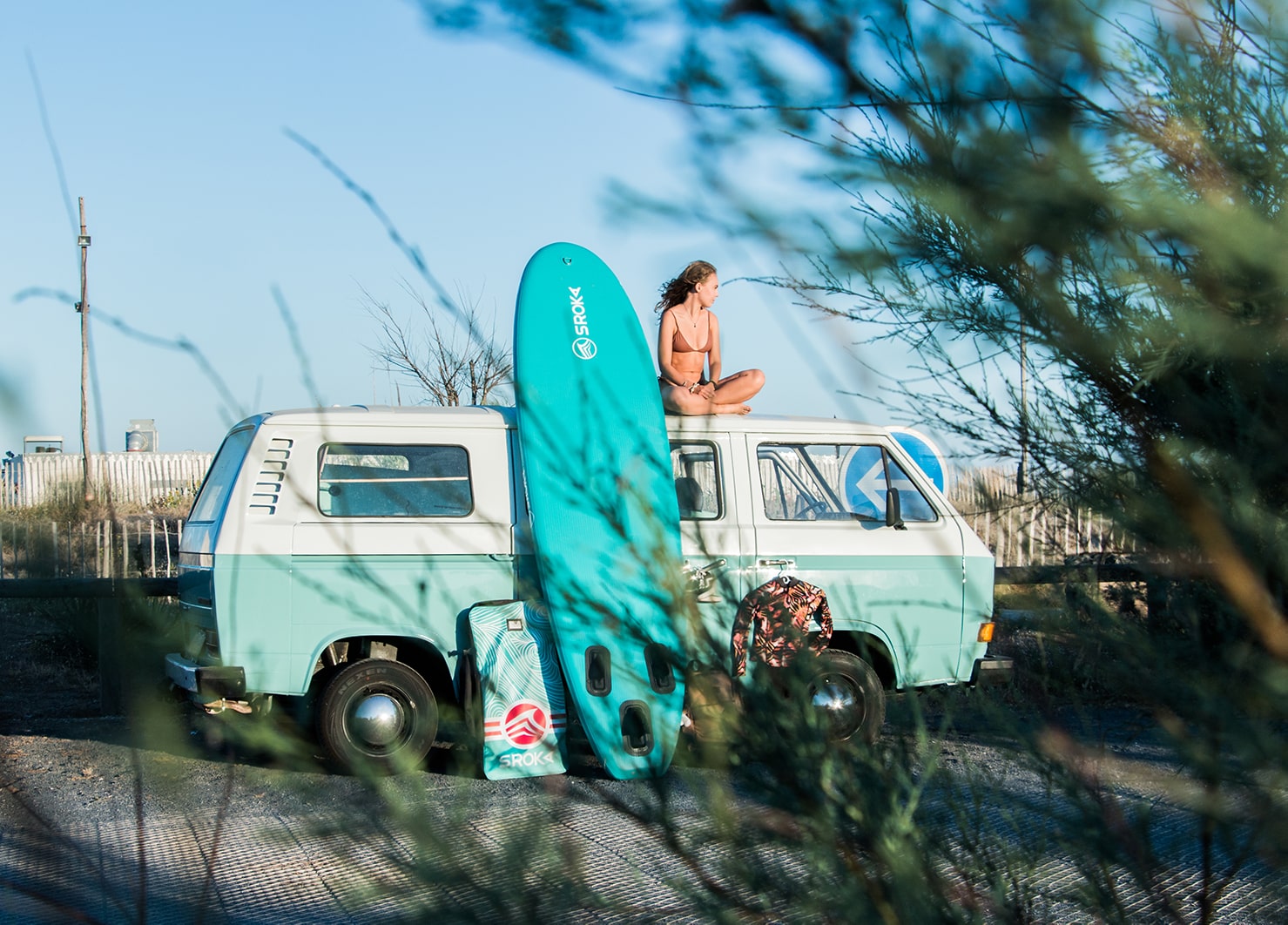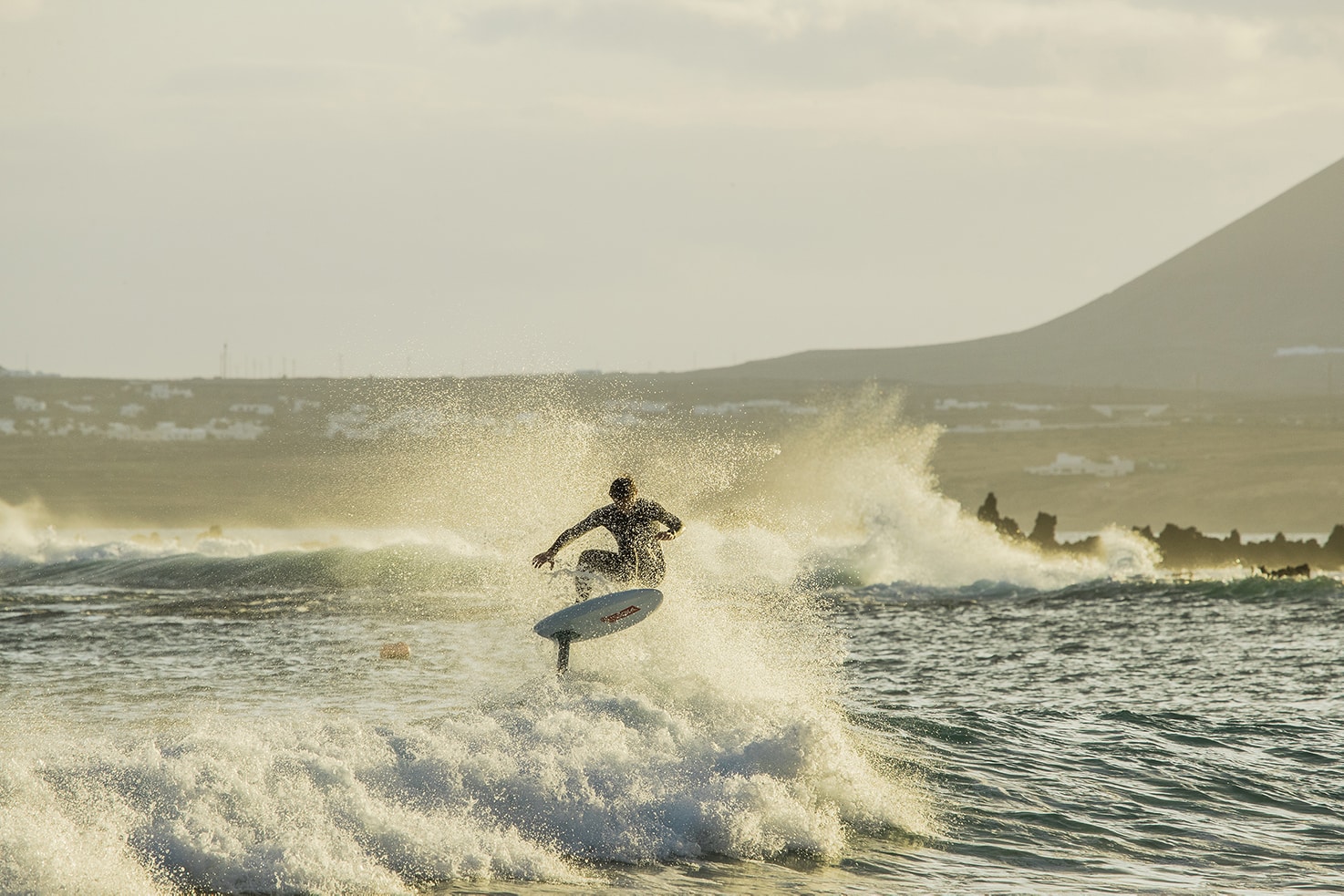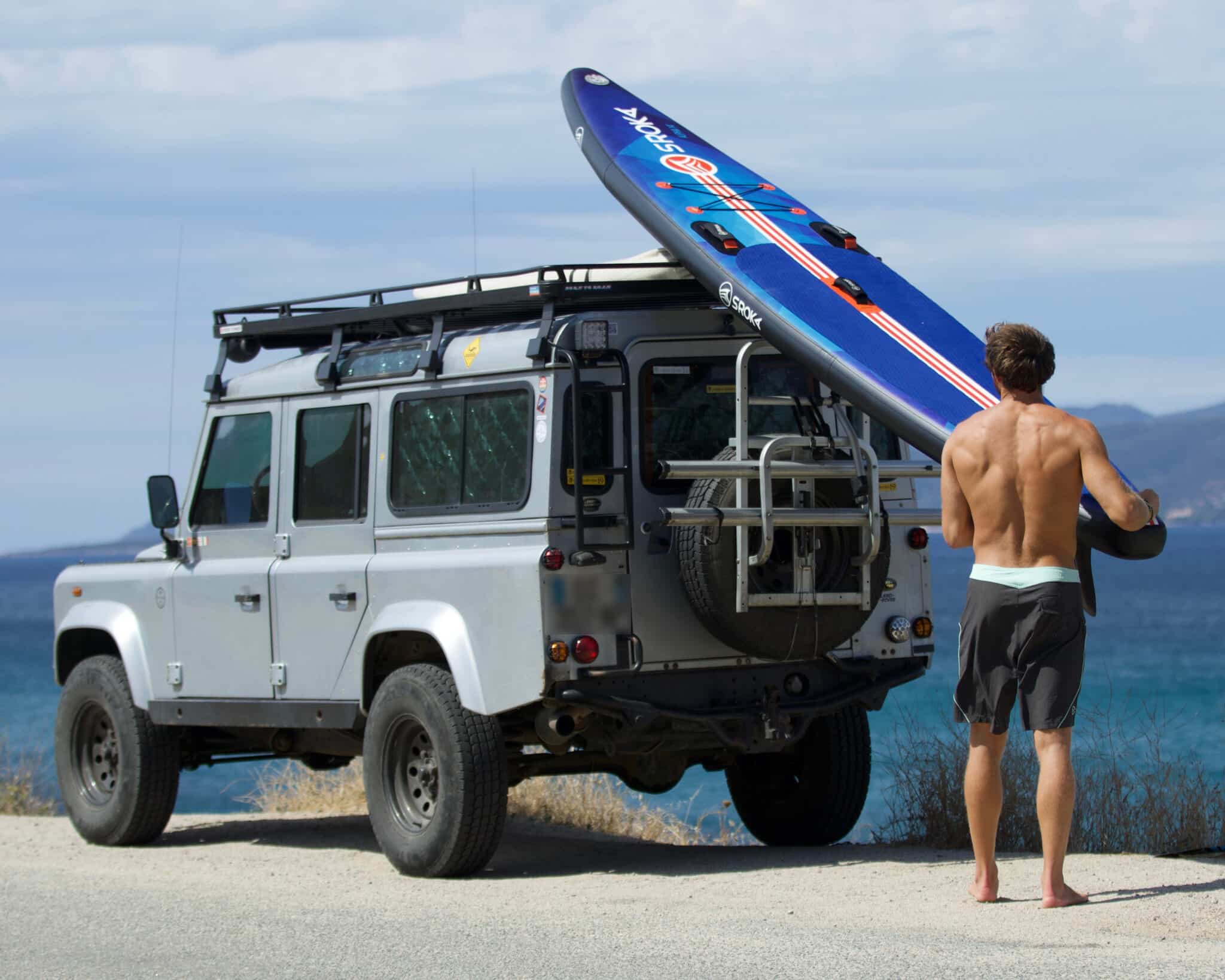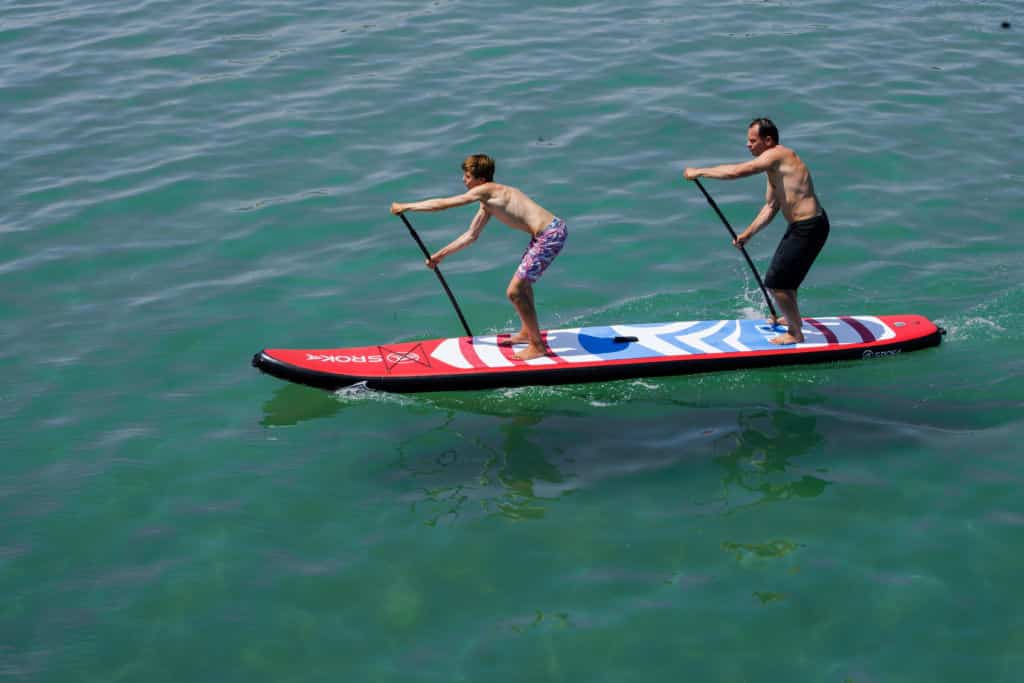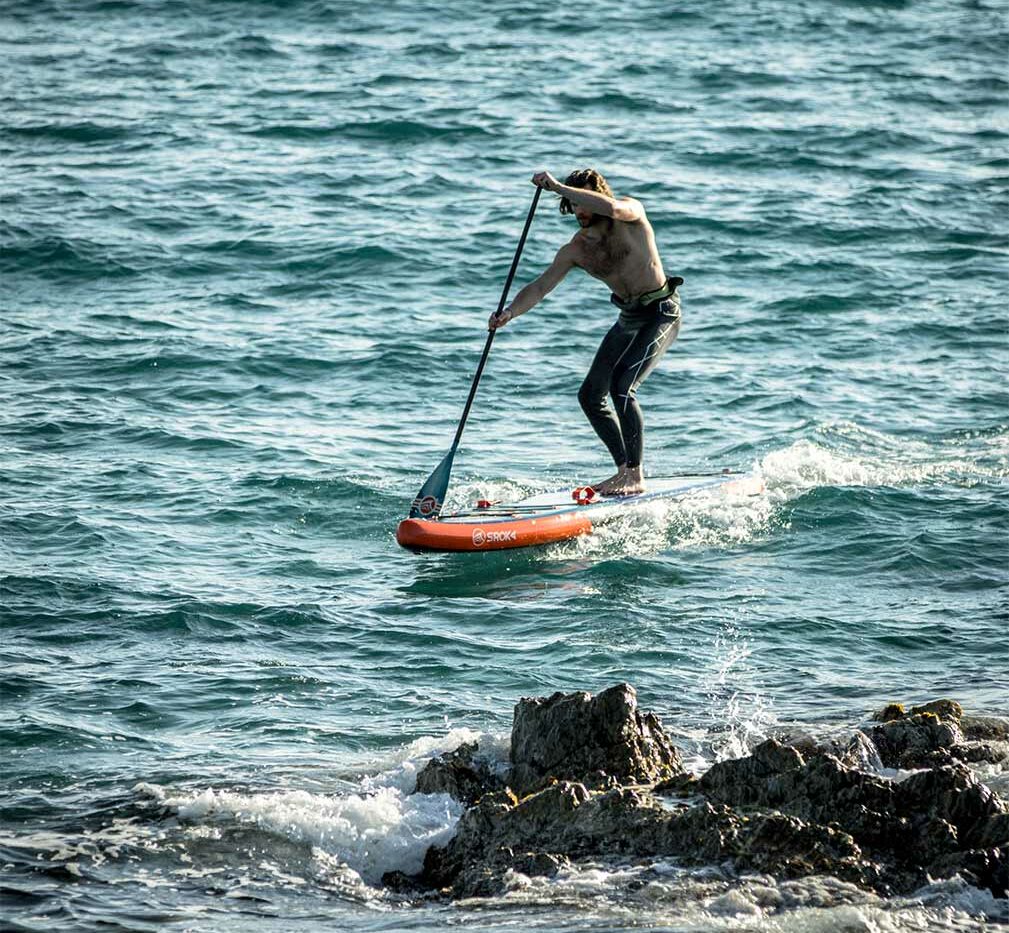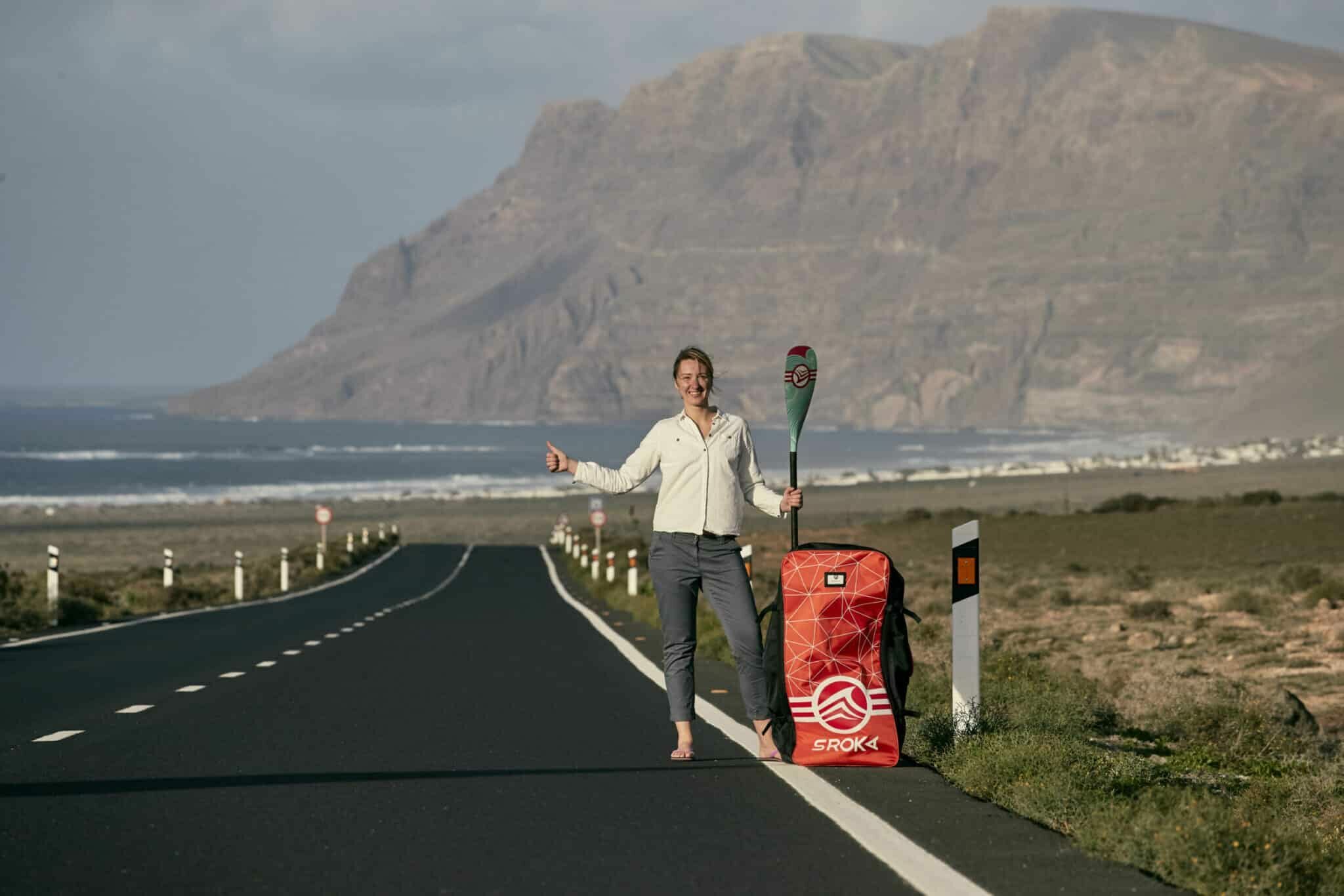 LE MAGAZINE
LE MAGAZINEHow to sail a light wind wingfoil?

Light wind” in Wingfoil refers to light to moderate wind. This means more or less 5 to 12 knots (approx. 9 to 22 km/h). Such conditions may be insufficient for most water sports, but not for Wingfoil. Wing foil. To learn how to sail a light wind, visit Wing foil. You’ll need to learn how and choose the right equipment.
In this article we’ll look at different techniques and equipment choices to help you fly even earlier. Sailing a wingfoil in a light wind is a unique experience, and although in the early days it wasn’t necessarily well suited to the sport, today wingfoils start at 5 knots and can be sailed at speeds of over 45 knots. Developments in boards, foil and wingfoils have had a hand in this, as has the evolution of techniques.
Technical aspects of wingfoiling in light winds
Let’s tackle the aspect that’s up to you, because beyond the equipment, wingfoil sailing in light airs implies a certain technical level and a few important notions.
Either you pump only with the wing, or you pump only with the foil and the board, or you learn to synchronize the pumping of the wing with the foil to be more efficient. When it comes to answering the question of how to sail a wingfoil in light winds, you need to address the question of pumping technique at foil.
1. Wing pumping
The wing is the driving force behind your practice, the element that enables you to move forward, so it seems obvious that handling it correctly is also essential.
Pumping efficiently with a wing depends first and foremost on the wing you’re using. A more or less rigid wing will require a longer or shorter pumping frequency. Let your wing breathe! There’s absolutely no point in “pumping” your wing by shaking it all over the place. Slowly pull it away from you and pull it dynamically, pressing the handles slightly downwards to bring it up at the end of the movement. Sailing a winfgoil in light wind therefore requires a wing with a taut spinnaker to facilitate pumping.
2. Pumping the foil
Pumping the foil takes practice, and no one can do it without trying, so give it a go and you’ll understand the principle pretty quickly. Just as when you have speed, the general idea is to make the foil oscillate between front and back feet to give it speed. We then make a “porpoising” movement to bounce the board on the water until the speed is sufficient to take off.
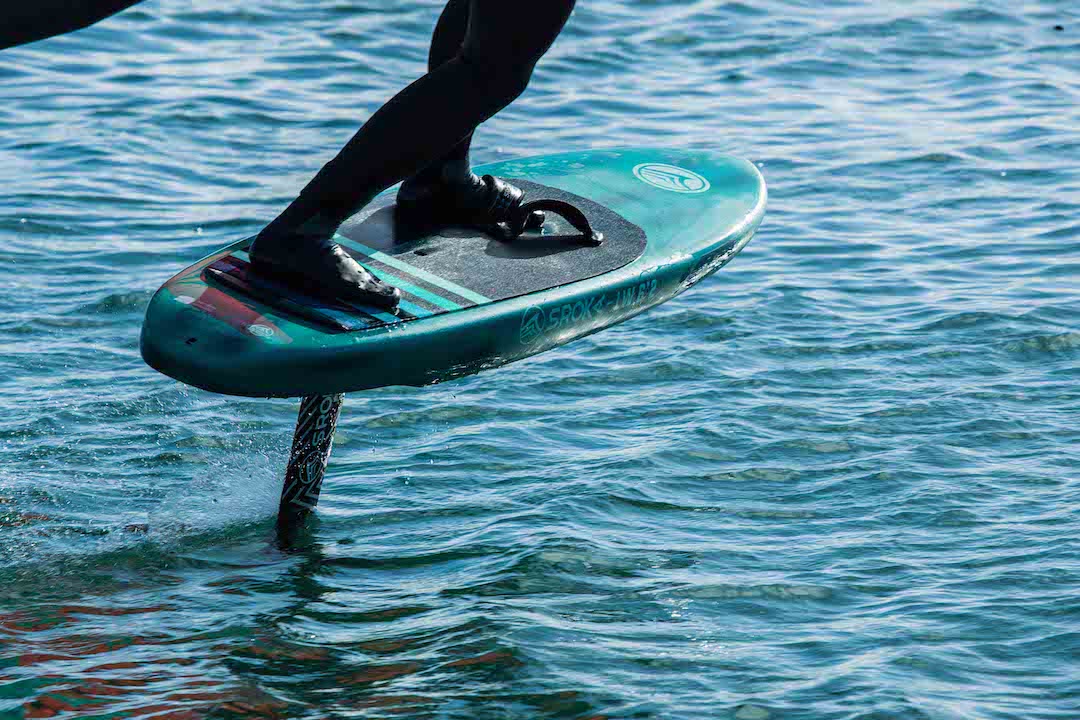
3. Synchronizing wing pumping and foil.
To get off to an early start, you need to synchronize the pumping of the wing and the foil at the same time. If you’re out of sync, you’ll cancel each other out; if you’re in sync, you’ll be twice as effective. Stay as balanced as possible on the board. As you can see from the video, the rider is unbalanced at one point.
To try and synchronize the two movements, we recommend practicing on the flat. As you pull on your wing, you need to push your board and therefore the foil forward to enable you to pick up more horizontal speed.
4. Position on the board
The position on the board is slightly different depending on the type of board you have, but in general, put your weight on the front so as to make the board accelerate on the water to make it easier to take off. Some boards glide much better, so let the board accelerate. Sometimes you need to push the board forward with your feet to help it pick up speed. This difference can be seen in the boards used. The thinner and longer the board, the easier it is to pick up speed.
Equipment for wingfoiling in light winds
Of course, equipment plays an important part in your glide and performance in the light. Sailing a wingfoil in light wind will be determined by the choice of the right equipment.
1. Visit Wing
Using THE right wing will increase your chances of flying ahead of everyone else. Choose a wing with a thin but rigid leading edge, like our new Elite Dyneema wing. The leading edge generates drag on the wing. The thicker the leading edge, the more drag it will generate and therefore the less efficient it will be. A thin leading edge considerably reduces drag, allowing you to get off the ground sooner and go faster.
When it comes to size, you’ll have to do your own tests to find out which surface suits you best. Some prefer a large wing because it generates a lot of power, while others play on foil by keeping a small (or medium) wing and taking a larger foil. The most effective solution for wingfoiling in light winds would seem to be, as far as possible, to reduce the size of the foil underwater, as there is 800 times more drag in the water than in the air. In the latter case, they can therefore afford to pump with a smaller wing, which will give them more range of motion and greater power from foil. As a general rule, smaller people (under 1.60 m) should avoid wings larger than 5m2.
If you’re sailing on lakes, opt for a large wing that will enable you to start very early.
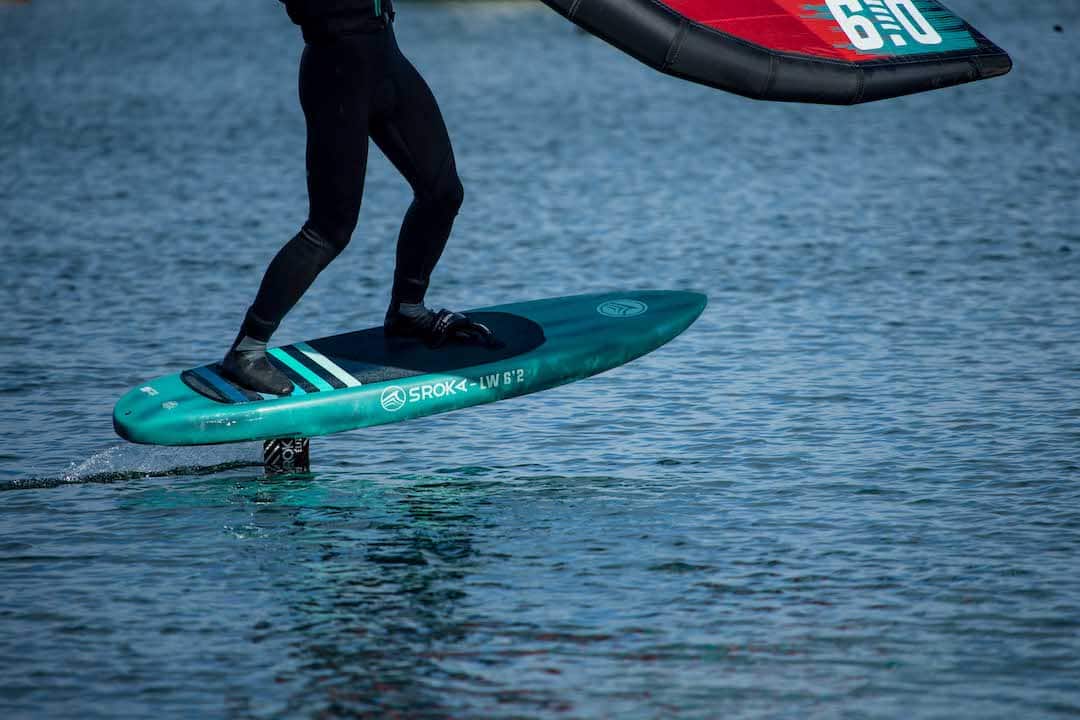
2. A specific board for wingfoil sailing in light winds
The board is the element that can totally pose a problem for wingfoil sailing in light as well as free. Choose a long, narrow board that will allow you to glide a lot at the start. This will enable you to fly effortlessly in ridiculously light winds. Our new DW and LW ranges are convincing examples of the usefulness of a long, narrow board, allowing easy access to lightwind while maintaining high performance.
However, this range is not recommended for beginners. So you’ll need to be at a proficient/confirmed level to use them.
Using straps will allow you to pull the board upwards to improve pumping, especially in very light winds.
3. The foil
The board is the element that can totally cause problems as well as freeing you. Choose a long, narrow board that allows you to glide off the start and fly effortlessly in ridiculously light winds. Our new DW and LW ranges are convincing examples of the usefulness of a long, narrow board, providing easy access to lightwind while still delivering high performance.
However, this range is not recommended for beginners. So you’ll need to be at a proficient/confirmed level to use them.
Using straps will allow you to pull the board upwards to improve pumping, especially in very light winds.
The foil is the element that comes into play just before take-off, once the board and wing have provided speed, it comes into play and enables take-off. A high-ratio foil allows a smooth take-off and tolerates low speeds very well, depending on the thickness of the profile. A properly adapted foil will ensure that you don’t make the slightest mistake when you’re in the air.
To summarize the choice of material
- Choose a foil with a good wingspan for early departure
- Take a thin, long and narrow board like SROKA’s LW range.
- If you want to sail in light wind conditions, opt for a kite of 6 m or more to be sure of getting off to an early start.
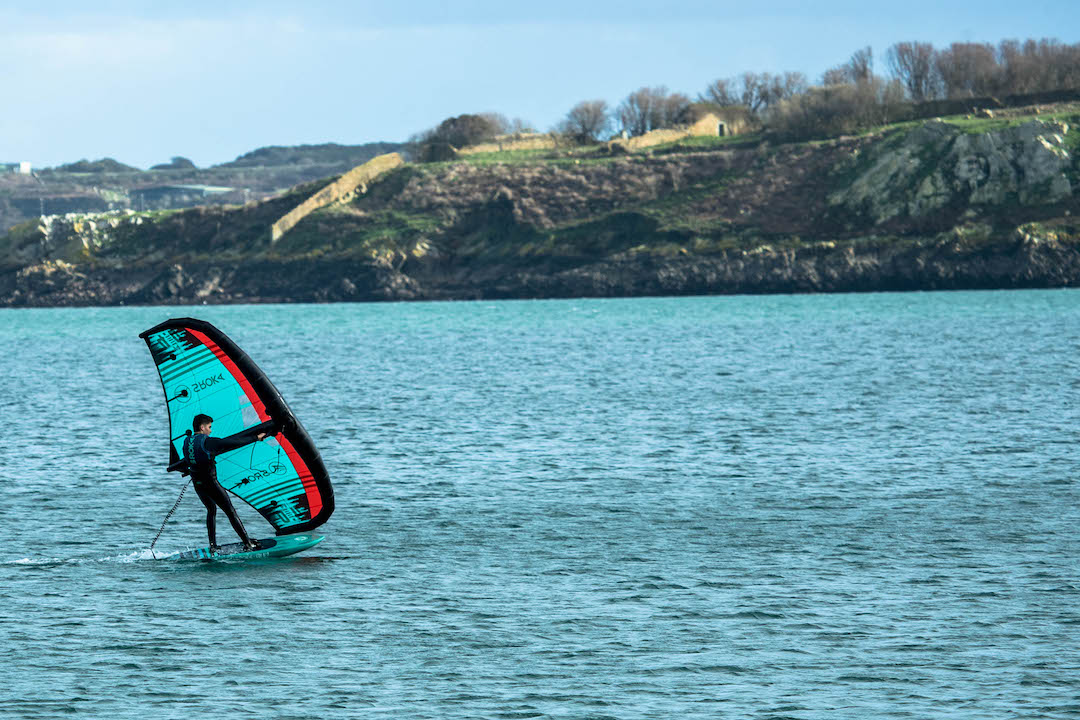
Learn how to sail a wing foil in light wind: Observing the water
1. Currents and waves
Using the current and/or the waves will enable you to potentially take off earlier, provided there are some available.
2. Reefing
You have to learn to observe the water, so practice spotting ripples on the water! To help you, the stronger the ripple, the darker and duller the water will appear. Use these gusts to help you take off, and learn to anticipate them. By synchronizing your pumping with the arrival of the gust, you’ll be able to take off sooner.
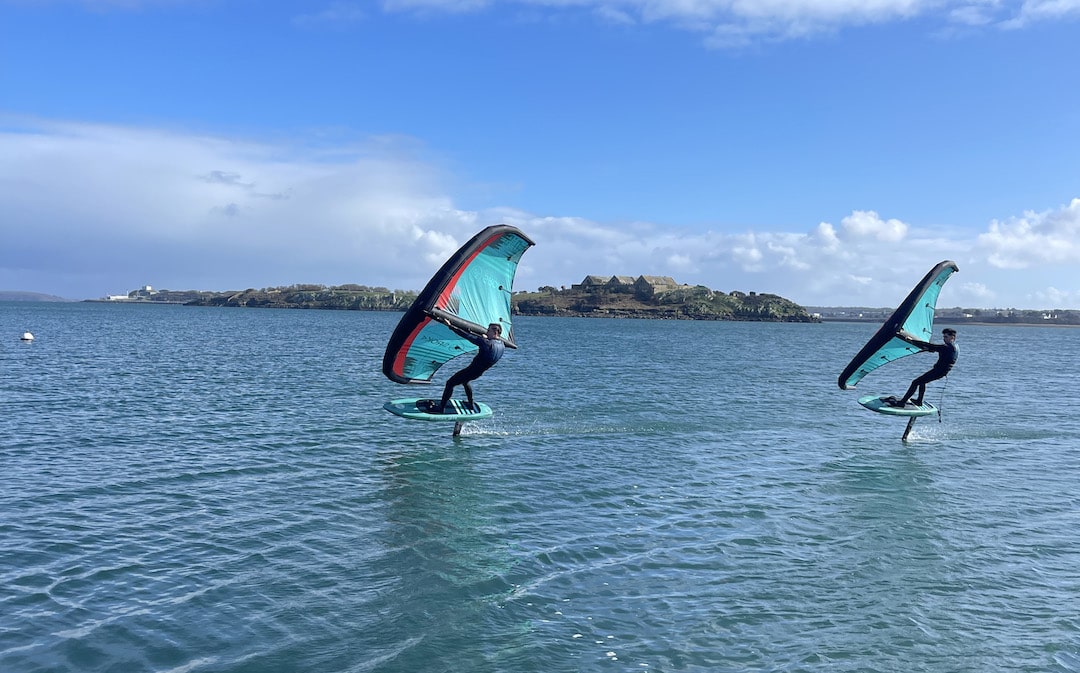
Once in the air
Take-off is the most difficult and technical part of light wind, but once you’re in the air, make sure you don’t make any silly mistakes that will force you to start again. Make sure you’re stable, in control of your foil and able to perform the maneuvers necessary for your flying.
In conclusion, lightwind winging is accessible to all riders of a “jibe” level, but make sure you have the right equipment on your side to optimize the low range, i.e.: a relatively large kite, a foil with a high aspect ratio and a thin, long board to increase glide. Not forgetting that you’ll need to train and master the board/wing pumping technique as well as possible to make your sessions a success and be “the one who flies in nothing” and annoys everyone in the process.
If you have any further questions, or if you have any other requests, please don’t hesitate to contact us!
 Le Magazine
Le Magazine



